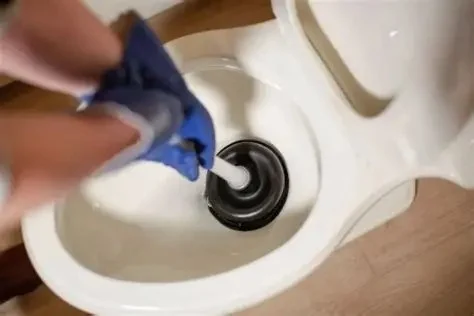
1. Why Toilets Get Clogged and Won’t Flush Properly
A clogged toilet that won’t flush properly is one of the most common household plumbing issues. It can disrupt your day and cause unnecessary stress, but understanding why it happens can help you find the best solution. Generally, clogs occur when something blocks the flow of water or waste through the pipes. This could be anything from too much toilet paper, foreign objects, to buildup of debris in the pipes. In most cases, a clogged toilet can be fixed with a few simple steps, but understanding the cause is key to preventing future issues.
2. Steps to Unclog a Toilet That Won’t Flush Properly
- Step 1: Assess the Situation
- Step 2: Use a Plunger
- Step 3: Try a Plumbing Snake or Auger
- Step 4: Use Baking Soda and Vinegar
- Step 5: Call a Professional Plumber
2.1 Step 1: Assess the Situation
Before diving into unclogging the toilet, it's important to assess the situation. Check if the toilet bowl is filled with water or if it’s low. If it’s filled to the brim, avoid flushing again, as this could cause an overflow. It’s also essential to consider if the clog is localized to your toilet or part of a larger plumbing issue. If the water in your sink, bathtub, or shower is also draining slowly, it could indicate a more severe clog in the main drain line, and a professional may be required.
2.2 Step 2: Use a Plunger
The most common tool used to unclog a toilet is a plunger. Make sure you’re using a flange plunger, which is designed for toilets. The rubber flange fits securely inside the toilet drain, allowing for a better seal and more effective pressure. To use a plunger, place it in the toilet bowl and create a strong seal around the drain. Push down gently, then pull up sharply to create suction. Repeat this motion several times, gradually increasing the force. The clog should begin to break up as water starts to drain, and the toilet will flush properly again.
2.3 Step 3: Try a Plumbing Snake or Auger
If the plunger doesn’t work, the next step is to use a plumbing snake or auger. This long, flexible tool is designed to reach further into the pipes and break up clogs that are out of reach for the plunger. Insert the auger into the toilet bowl and begin turning the handle to feed the snake into the drain. Once the snake hits the clog, continue turning to break it apart or hook it and pull it out. Be cautious not to scratch the inside of the toilet bowl with the auger’s metal tip.
2.4 Step 4: Use Baking Soda and Vinegar
If you prefer a natural method, baking soda and vinegar can be an effective solution for mild clogs. Start by adding about a cup of baking soda into the toilet bowl, followed by a cup or two of vinegar. Let the mixture sit for at least 30 minutes to allow it to fizz and break down the clog. After the time has passed, flush the toilet to see if the clog has cleared. This method works by using the chemical reaction between baking soda and vinegar to dislodge debris and break up minor blockages.
2.5 Step 5: Call a Professional Plumber
If none of the above methods work, or if you’re concerned about damaging your plumbing, it’s time to call in a professional plumber. A plumber will have the necessary tools, such as hydro jetters or motorized augers, to safely and effectively clear stubborn clogs. Additionally, they can inspect your plumbing system for any underlying issues that may be contributing to recurring clogs, such as tree roots or pipe deterioration.
3. Tips to Prevent Toilet Clogs in the Future
- Don’t Flush Non-Toilet Paper Items
- Use Toilet Paper Sparingly
- Regular Maintenance
- Install a Toilet with Better Drainage
3.1 Don’t Flush Non-Toilet Paper Items
A common mistake is flushing items that shouldn’t be flushed, such as baby wipes, feminine hygiene products, cotton balls, and even paper towels. These items can easily cause a clog in your pipes, so it’s important to only flush toilet paper, which is designed to break down in water. Keep a small waste bin next to the toilet to dispose of non-toilet paper items and prevent clogs.
3.2 Use Toilet Paper Sparingly
While it’s easy to get carried away with toilet paper, using too much can lead to clogs. A large wad of toilet paper can easily get stuck in the drain, particularly if there’s already some build-up in the pipes. Try to limit the amount of toilet paper you use per flush to avoid creating a blockage. If you’re unsure, use a few sheets at a time and flush before adding more.
3.3 Regular Maintenance
Preventative maintenance is key to avoiding future clogs. You can try regularly cleaning your toilet and drains with a pipe-safe cleaner to help prevent build-up. Additionally, consider scheduling a professional plumbing inspection once a year to catch any potential issues before they become major problems. Routine maintenance can save you from dealing with severe clogs in the future.
3.4 Install a Toilet with Better Drainage
If you live in an older home or have a toilet with poor drainage, it may be worth considering upgrading to a newer, more efficient model. Modern toilets are designed with stronger flushing power and better drainage, reducing the likelihood of clogs. Speak with a plumber about the best options for your home if you’re looking to improve your toilet’s performance.
4. Real-Life Case: How Simple DIY Methods Cleared a Stubborn Clog
When Emma noticed her toilet wasn’t flushing properly, she immediately became concerned. The water kept rising, but it wouldn’t flush. Rather than calling a plumber right away, she decided to try a few simple methods at home. First, she used a plunger, but the clog wouldn’t budge. She then used a plumbing snake to break through the blockage and was able to clear it successfully. Emma’s quick thinking and basic tools saved her the cost of a plumber and resolved the issue in less than an hour. Her case shows that with the right tools and techniques, you can often solve a clogged toilet issue yourself.
5. Conclusion: When to DIY and When to Call a Professional
While most toilet clogs can be resolved with a little effort and the right tools, there are times when calling a professional plumber is necessary. If the clog persists after trying a plunger, snake, or other home remedies, or if you suspect a more serious issue like a damaged pipe or tree root invasion, it’s best to seek expert help. Regular maintenance and proper toilet habits can help prevent clogs in the future, but when in doubt, don’t hesitate to reach out to a plumber. For the best plumbing supplies and services, visit Plumbers Supply Hub for expert recommendations and products to handle all your plumbing needs.

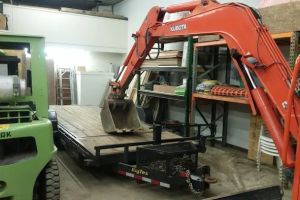

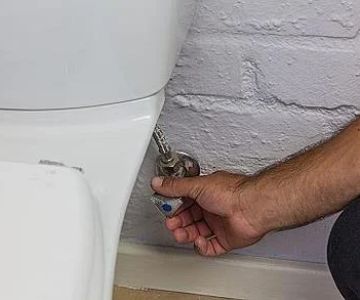
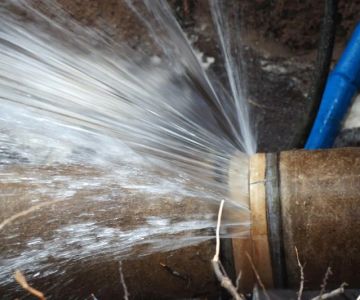
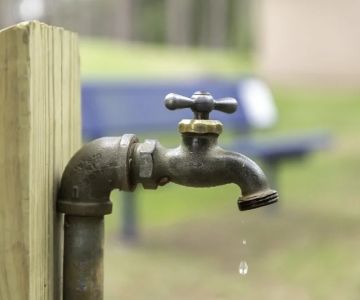

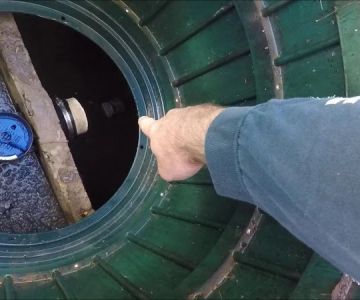
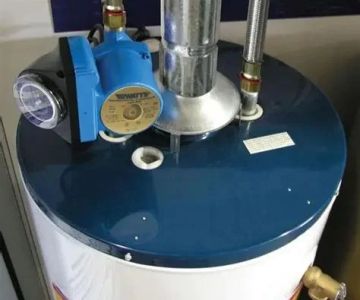
 Blue Whale Backflow, Plumbing, & Excavating4.0 (46 reviews)
Blue Whale Backflow, Plumbing, & Excavating4.0 (46 reviews) J&S Construction and Services LLC5.0 (29 reviews)
J&S Construction and Services LLC5.0 (29 reviews)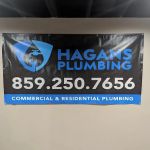 Triple Crown Plumbing5.0 (239 reviews)
Triple Crown Plumbing5.0 (239 reviews) Petersen Plumbing Inc4.0 (66 reviews)
Petersen Plumbing Inc4.0 (66 reviews) The Luke N. Reuter Co., Inc.5.0 (3 reviews)
The Luke N. Reuter Co., Inc.5.0 (3 reviews) Flo-Rite Plumbing And Well Service LLC5.0 (65 reviews)
Flo-Rite Plumbing And Well Service LLC5.0 (65 reviews)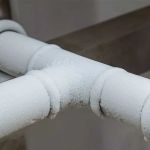 What Causes Frozen Pipes and How You Can Prevent It - Expert Tips
What Causes Frozen Pipes and How You Can Prevent It - Expert Tips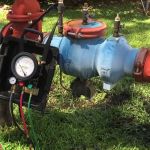 How to Test Backflow Preventers Annually: A Step-by-Step Guide
How to Test Backflow Preventers Annually: A Step-by-Step Guide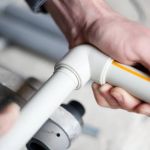 How to Replace a Plastic Pipe Fitting That Fails
How to Replace a Plastic Pipe Fitting That Fails How to Effectively Clean Residue and Scale from Faucets and Showerheads
How to Effectively Clean Residue and Scale from Faucets and Showerheads How to Reroute a Plumbing Run Over a Crawlspace: A Step-by-Step Guide
How to Reroute a Plumbing Run Over a Crawlspace: A Step-by-Step Guide How to Choose a Reliable Plumbing Service in Your Area
How to Choose a Reliable Plumbing Service in Your Area